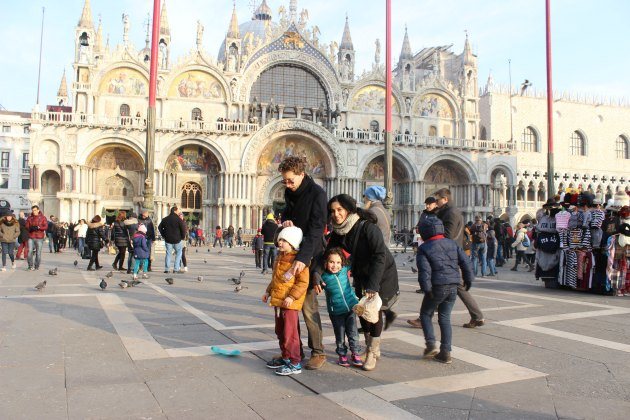Anyone who is a bit familiar with the Italian words used for streets and squares will immediately notice that their names are different in Venice: not via but calle, not piazza but campo.
Let’s talk about the latter for a moment. First of all, let’s think about the origin of the word. In Italian the word campo means field! So, imagine that where we find pavement made of stone today, in the past it was full of plants, and vegetables were grown there.
What is left of the green areas of the lagoon? Actually, much more than what many people think!
Often, families who visit Venice complain about the lack of parks and green areas where they can stop to rest, let children play, eat a sandwich, or just find a cool corner during hot summer days.
In fact, in Venice there are many public parks. Of course, like everything in the city they are slightly hidden and therefore are not always easy to find; they need to be hunted in order to finally be discovered! Their magic atmosphere will be worth the search and the walk to get there!
Among the various parks the biggest one is the “Parco delle Rimembranze a Sant’Elena”.
This park is positioned far from the main touristic areas of the city and is always a very quiet place to spend a few hours, giving children the opportunity to run and play in the shade of the pine grove.
Beyond the traditional open-air games, we want to suggest an activity that is as simple as it is eternal: the creation of an “herbarium” (an herb and flower book)! But we have an idea for an alternative, artistic, and a bit post-modern one!

There are many artists that were inspired by the natural environment who created a unique form of art, like a sort of abstract alphabet. One of them? Mark Tobey!
Here is how you can do it yourself:
- Take a magnifying glass
- Look for as many plants and flowers you can (make sure you are allowed to pick them!)
- Dedicate a page to each of them in your herbarium. Study them in depth with your children, observe every subtle shade and vein. Every flower, every plant, every little piece of bark has a different pattern, features and lines that entwine and form very precise textures. Collect all of them and carefully put them in your book.
- Once home you can begin the second phase: with just a bit of paint, each leaf can be turned into a special stamp!
- Play around creating the most abstract a unique compositions! The only rule? It is forbidden to use paint brushes!




